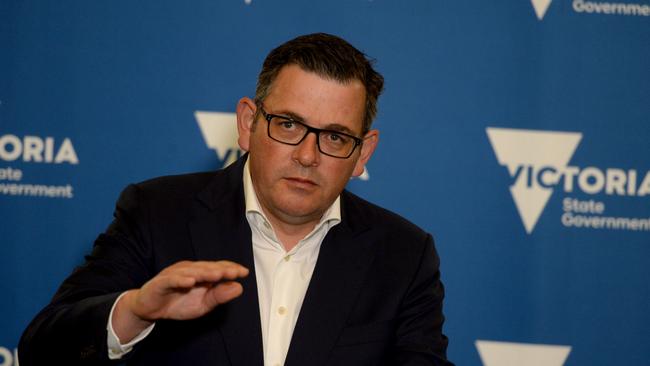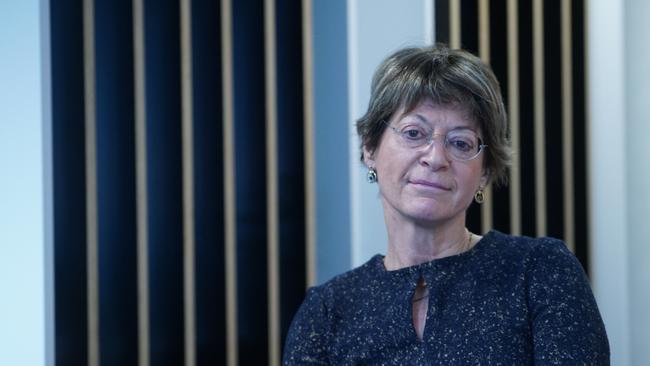Victorian border permit system ‘unjust, inhumane’, Ombudsman finds
Complex bureaucracy behind Victoria’s border permits saw people suffer ‘unjust’ and ‘inhumane’ outcomes, says the state public sector watchdog.

The complex bureaucracy behind Victoria’s border permit system resulted in “unjust” and “even inhumane” outcomes for people stranded in NSW, an investigation by the state public sector watchdog has found.
Victorian Ombudsman Deborah Glass on Tuesday delivered a scathing report into the snap closure of the Victorian border with NSW in July 2021, finding that less than one in 10 applications to enter Victoria for health, wellbeing, care and compassion reasons were granted.
“I recognise that the Department of Health was focused on the safety of people in Victoria, seeking to reduce the risks to public health by severely limiting cross-border contact,” she said.
“But the result was some of the most questionable decisions I have seen in my over seven years as Ombudsman.”
Victoria introduced a traffic light system in January 2021 that assigned a colour - red, orange or green - that reflected the level of Covid in locations of origin.
On July 20, the Victorian residents in parts of Sydney were given just 12-hours to return home, leaving thousands stranded in NSW
“Even in a global health emergency, some people need to cross state borders, and too many found themselves bereft,” she said.
“The effect of a complex and constrained bureaucracy meant some outcomes were downright unjust, even inhumane.
“People felt caught up in a bureaucratic nightmare.
There were 33,252 exemption applications received between July 9 and September 14 but only 2,736 of these were granted, said the report, which did not criticise the decision to close the border.

Ms Glass said she heard heartbreaking complaints from the thousands of Victorians stranded in NSW, including people who needed to care for elderly and sick relatives, people who had moved to work or study that had been up-ended by the pandemic, people with no jobs paying double rent, pensioners paying money they couldn’t afford and people who needed to attend medical appointments across the Murray.
“The whole scheme failed to comprehend the very real need for many people to come and go across the border for a whole range of reasons, even in the face of official warnings,” she said.
“Our state borders have been porous for over 100 years. Even in a global health emergency, some people need to cross them, and too many found themselves bereft.”
Ms Glass said the evidence required for an exemption was extensive and included statutory declarations, proof of residence, proof of ownership, letters from medical professionals, bank and financial statements, funeral notices and statements of relationship to people who were dying.
There were 1,000 applications processed a day and staff had about 30 seconds to categorise and prioritise applications, with the number of staff increasing from 20 in July to 285 by early September to handle the onslaught of applications.
A Victorian government spokeswoman said they would consider the Ombudsman’s recommendations and said some were already reflected in the new pandemic legislation.
“The restrictions were necessary to protect all Victorians from risk – particularly as only 17 per cent of Victorians 16 years and older were fully vaccinated at the time NSW was declared an extreme risk zone,” she said.
“We did everything we could at the time to remind Victorians of the risk we were facing at the time - but we also acknowledge that it was a very difficult time for many Victorians interstate.”
It is understood that an audit by the state government found Victorians were asked to return home 16 times during press conferences before the border closed and additional warnings were issued on social media.
Ms Glass said she received about 315 complaints about permit decisions and said it appeared significant resources went into keeping people out rather than getting them home.




To join the conversation, please log in. Don't have an account? Register
Join the conversation, you are commenting as Logout